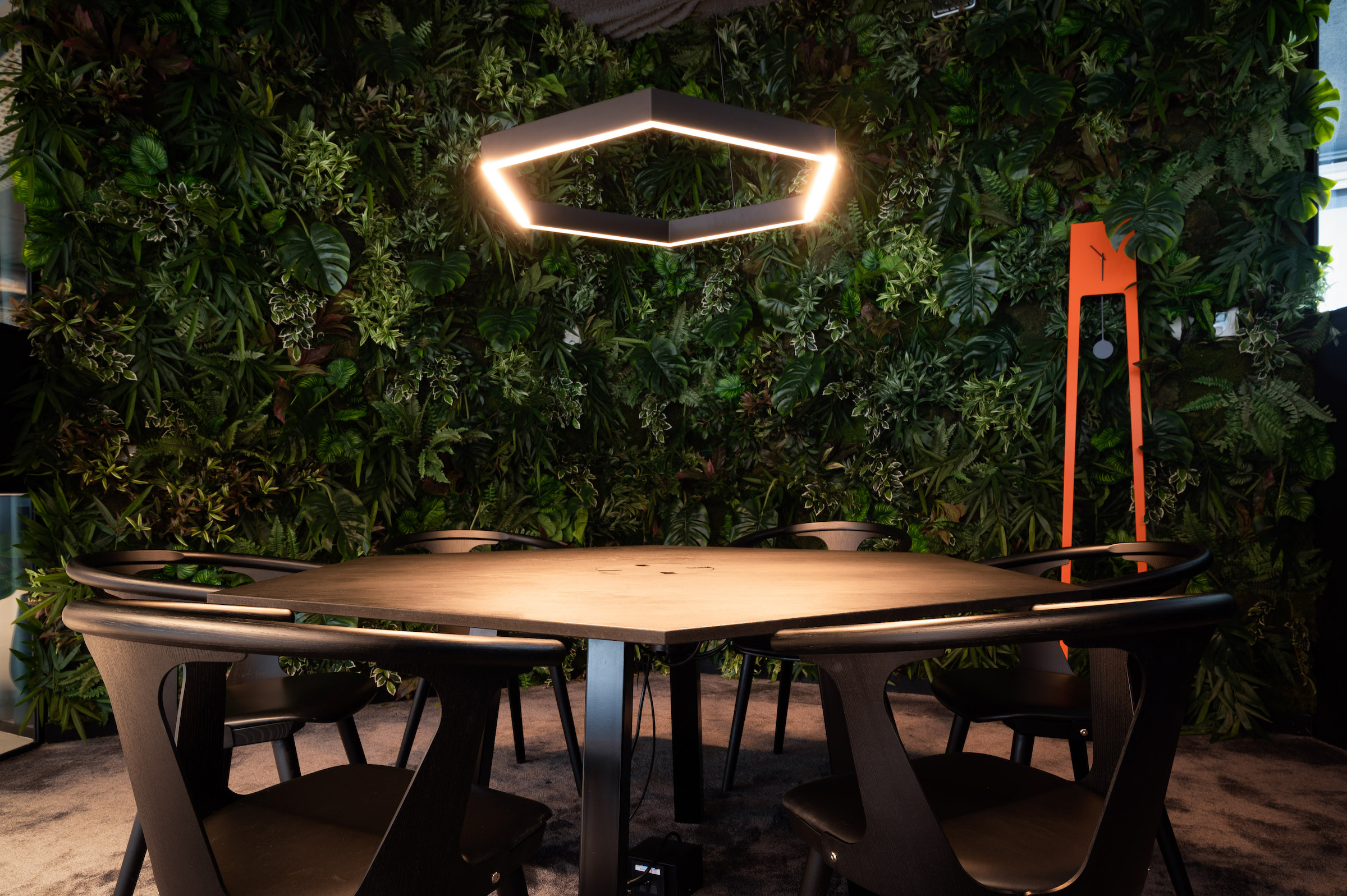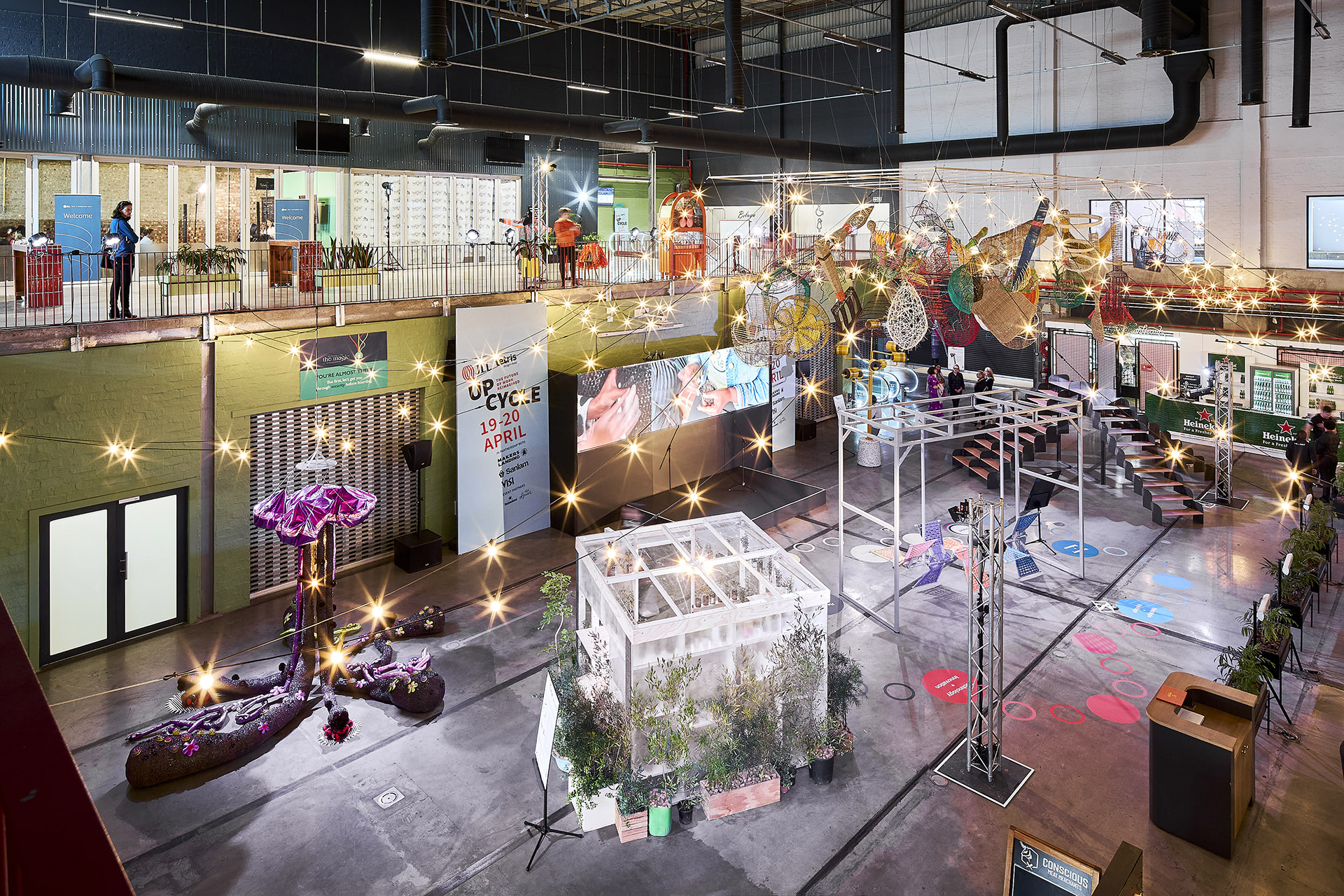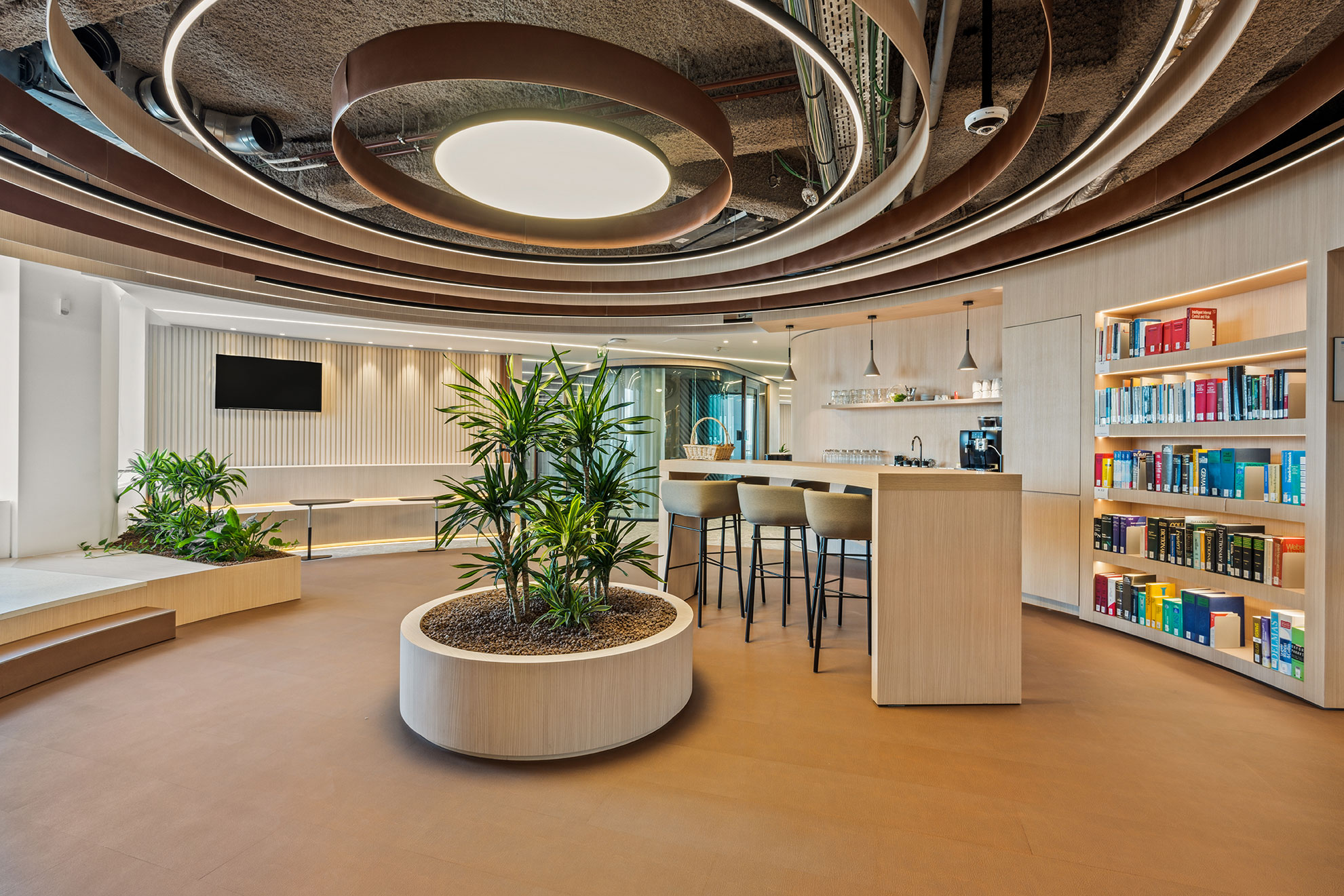As more businesses embrace sustainability practices and commit to global carbon reduction targets, reducing the emissions of their office spaces has become a crucial focus. Occupiers are more likely than ever to choose a space based on sustainability metrics like carbon footprint, which means landlords who invest in innovations that reduce carbon could benefit from higher occupancy rates and property valuations.
Retrofitting to meet demand
Modernising existing buildings – the majority of which are energy- and carbon-inefficient in daily operations – is crucial to produce the sustainable spaces that organisations increasingly seek. Although new buildings can be designed to emit net zero operational carbon, the emissions generated by building a whole new development – known as the embodied carbon of the process – often comprises 20-50% of a building’s lifetime emissions, and is much greater than the emissions generated by retrofitting a structure that already exists.
“The demand for carbon-zero buildings is rising fast and there isn’t enough new stock. Retrofitting is a much more efficient solution, not only to meet market demand but to make what we have more usable and longer-lasting,” says Silvia Aranda, Sustainability Client Solutions Director at Tétris.
By improving energy-efficiency and space utilisation through design, sustainable materials and more efficient technologies, retrofitting reduces the operational carbon emitted by everyday usage, and ultimately reduces operating costs too. This can add up to a significant competitive edge when it comes to corporate occupiers signing or renewing a lease, and supports tenants working towards net zero and other sustainability targets.
However, because processes like replacing materials and renovating do add embodied carbon to the overall footprint of a space, it’s critical to evaluate the carbon generated by a retrofit against how much operational emissions can improve. “We want to avoid replacing what we don’t have to, while maintaining a level of operational efficiency,” says Aranda.
Financial value in sustainability
Incoming legislation changes in the EU will establish pathways for reducing overall emissions by 55% by 2030 and introduce penalties for inaction, putting more pressure on businesses to tackle the carbon impact of their office spaces.
Meanwhile, growing demands for sustainability from consumers and corporate partners mean that investors value those businesses with a clear plan for improving their impact. Sustainability reporting to standard frameworks – already required for certain large organisations – will be compulsory for all companies by 2026, enabling investors to examine environmental credentials as part of financial due diligence.
“There will be comparable, reliable and consistent ways for investors to use sustainability metrics in their building valuations. They are looking at how much needs to be done to bring a building in line with 2030 goals,” says Adrian Bojczuk, Investors and Landlords Client Development Director at Tétris. “Addressing sustainability is now becoming a part of applicable law, and those buildings that are shown to be on the right track are likely to be valued higher.”
So what kinds of innovations can help landlords actively reduce operational and embodied carbon emissions?
Photovoltaic glass façades
Reducing the use of traditional energy sources is one vital way of cutting operational carbon emissions.
Glass panels integrated with solar cells can be used in façades and windows, creating a significant surface area for converting sunlight into clean energy for the building. Not only does this reduce the emissions from accessing grid energy, it can reduce overall energy costs by generating the electricity the building requires to operate.
“Beyond reducing energy use and carbon emissions, you need to consider how to actively generate energy and compensate for emissions,” says Bojczuk. “Transforming a building feature that’s part of almost every space, like the windows, into a clean energy generator can be a real game-changer.”
More efficient ventilation
Rising energy costs and growing demand for sustainability have propelled the development of more energy-efficient technologies for heating, ventilation and air-conditioning (HVAC) systems. Upgrading an older HVAC system can dramatically improve efficiency and reduce its operational costs, which can otherwise comprise up to 40% of overall energy consumption.
However, because of the embodied carbon associated with installing a new system, it’s important to first assess whether an existing HVAC system can be serviced to operate more efficiently, says Aranda. Regular maintenance will help extend its usable lifespan and can improve its energy consumption. By investing in upkeep, landlords can reduce the financial and carbon costs of repair and replacement while optimising typical energy spend, which ultimately helps attract and keep occupiers.
Carbon-absorbent materials
While innovations that decarbonise a building’s operations are vital, embodied carbon – emitted by the production, transport and disposal of these new materials – can remain a significant contributor to the overall carbon footprint.
Making use of materials that during their production absorbed (rather than emitted) environmental carbon can help compensate for these emissions, shrinking the overall carbon footprint. Today, mycelium and certain bioplastics are used to create such carbon-absorbent materials for carpeting, insulation and furniture, for example.
“When considering new materials, we need to look at the embodied carbon across their entire lifecycle, including how they are disposed, and assess the carbon emissions generated by disposing of what we already have,” says Aranda.
Some manufacturers produce materials that can be sent back at the end of their lifespan for repurposing in new products. Such “cradle-to-cradle” products have lower embodied carbon and can significantly improve the carbon cost of a retrofit project, alongside lower-carbon disposal practices like reusing or recycling the old materials in the space.
Digital twin technology
Software that creates a virtual replication – or digital twin – of a building can make use of data about building operations and environmental conditions to simulate scenarios for improving energy and carbon efficiency. Such digital twins can also model the carbon costs and benefits of different retrofit designs, track the embodied carbon of different materials, and optimise construction processes to further reduce the embodied carbon in retrofit projects. While environmental certifications for buildings typically focus on operational emissions, as more businesses pledge to improve sustainability in their supply chains, calculating the embodied carbon in the materials and services they use will become critical for many organisations. “Tackling embodied carbon in building processes is vital if we are to reach truly net zero carbon emissions,” says Aranda. Landlords that invest in reducing the embodied carbon in their upkeep processes can benefit not only from attracting these increasingly sustainability-savvy occupiers, but by commanding the higher rental rates that 70% of corporate tenants are willing to pay for a more sustainable space.
Smarter design makes a difference
Design can optimise investment in carbon reduction measures by considering how the different elements of a space can better interact for improved overall sustainability. Installing solar panels where light exposure is maximised, for example, can reduce energy usage for lighting while limiting renovation costs and the embodied carbon of the new panels.
“What’s critical is that minimising waste and carbon is embedded in the design principles of a retrofit,” says Aranda. Such efficiency in material design could cut global carbon emissions by up to 18% by 2050.
As businesses, investors and landlords embrace more planet-friendly strategies, retrofitting real estate for sustainability will become increasingly crucial – not only to reduce risks and attract business, but to shape a built environment that can support people long into the future.

We can help you reduce your building’s carbon footprint



